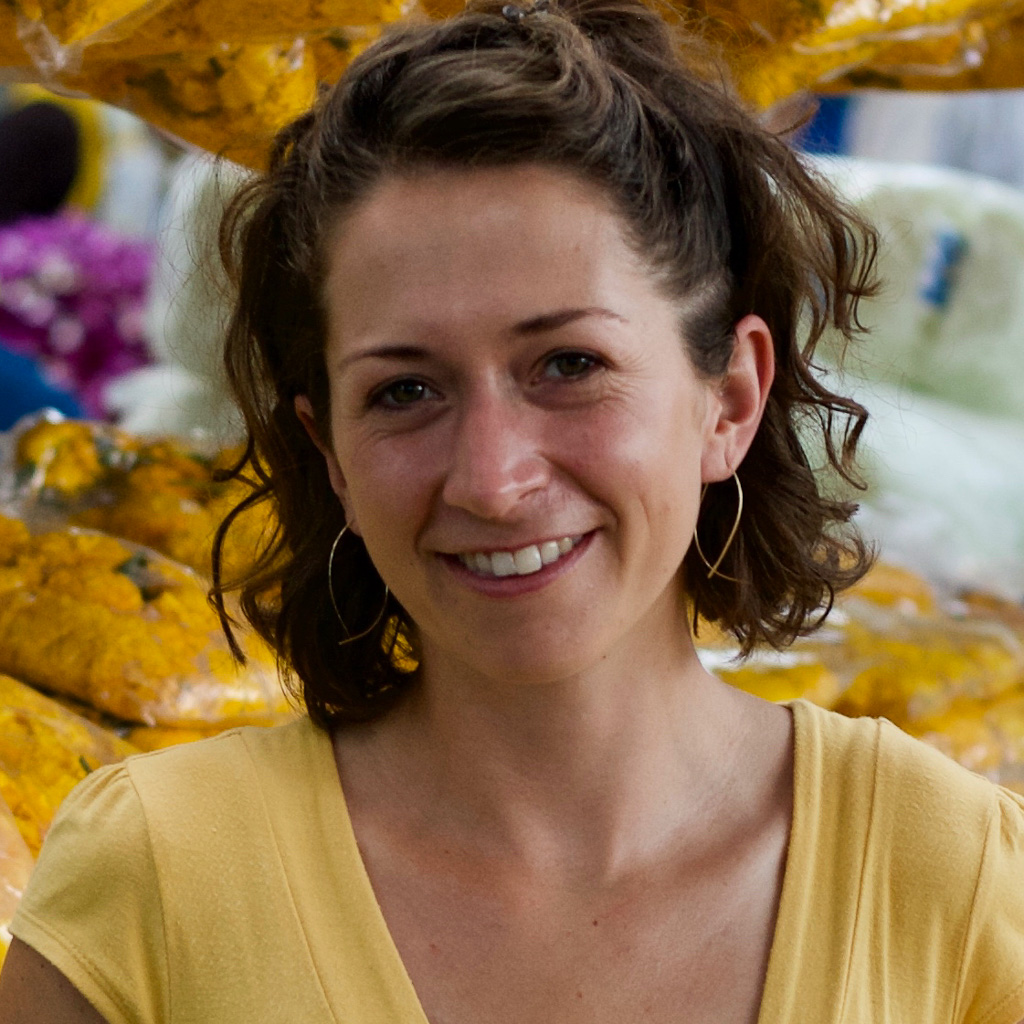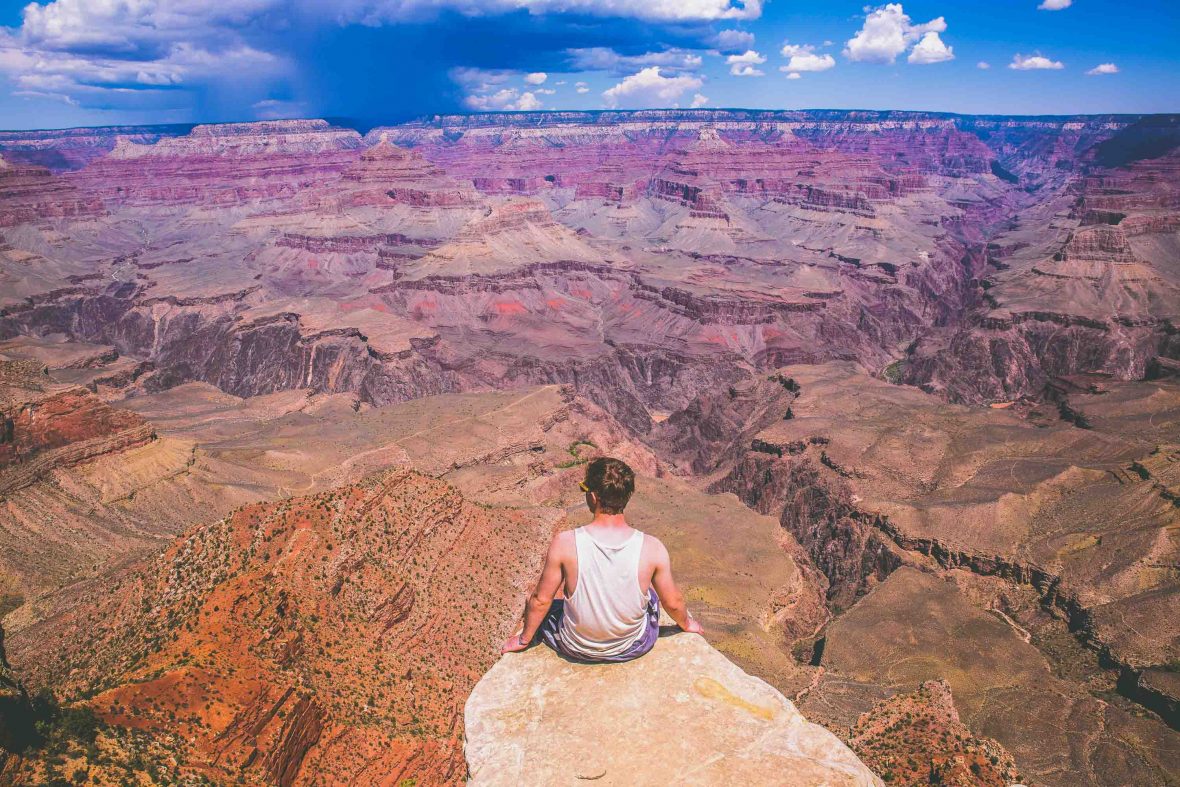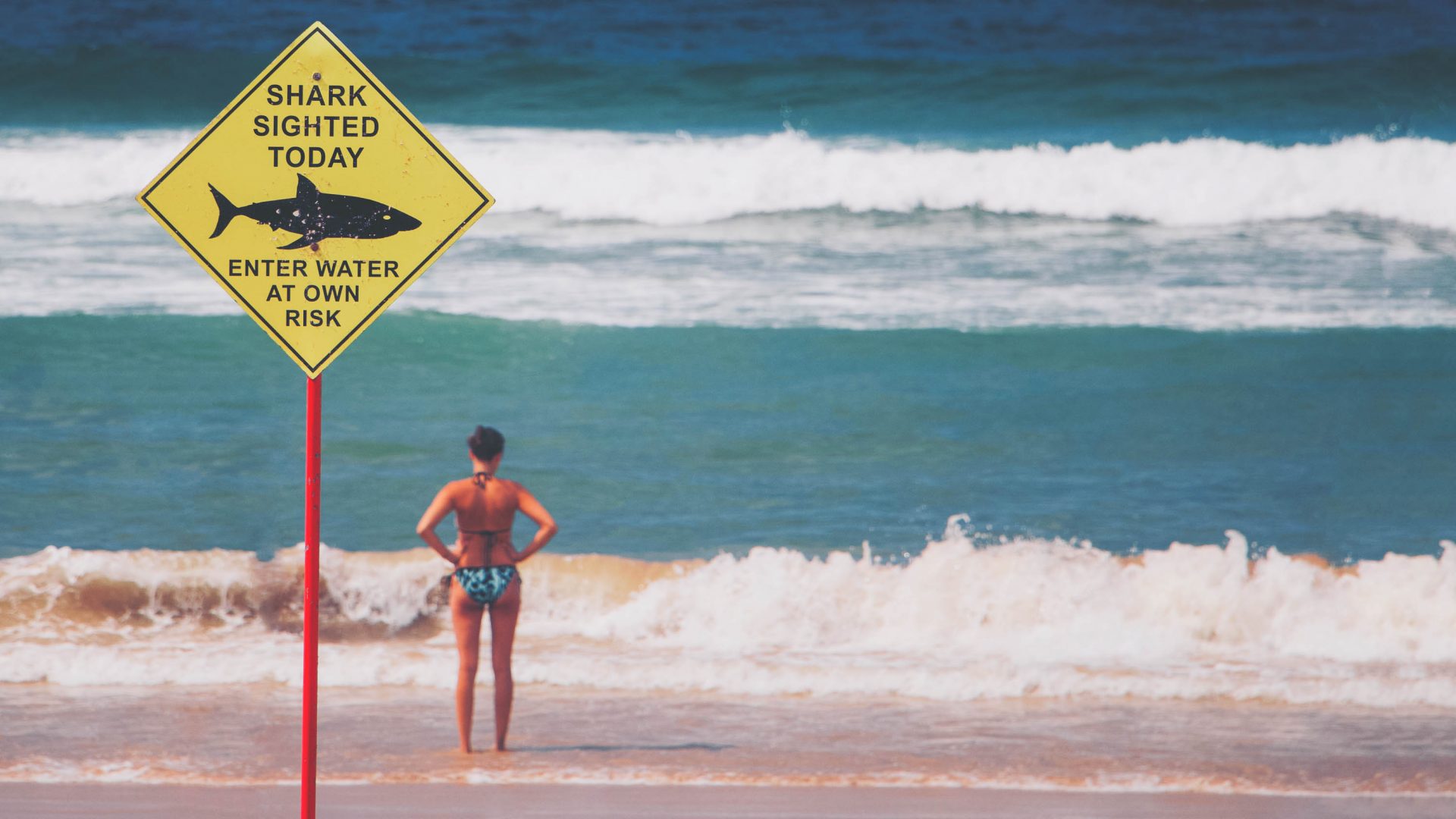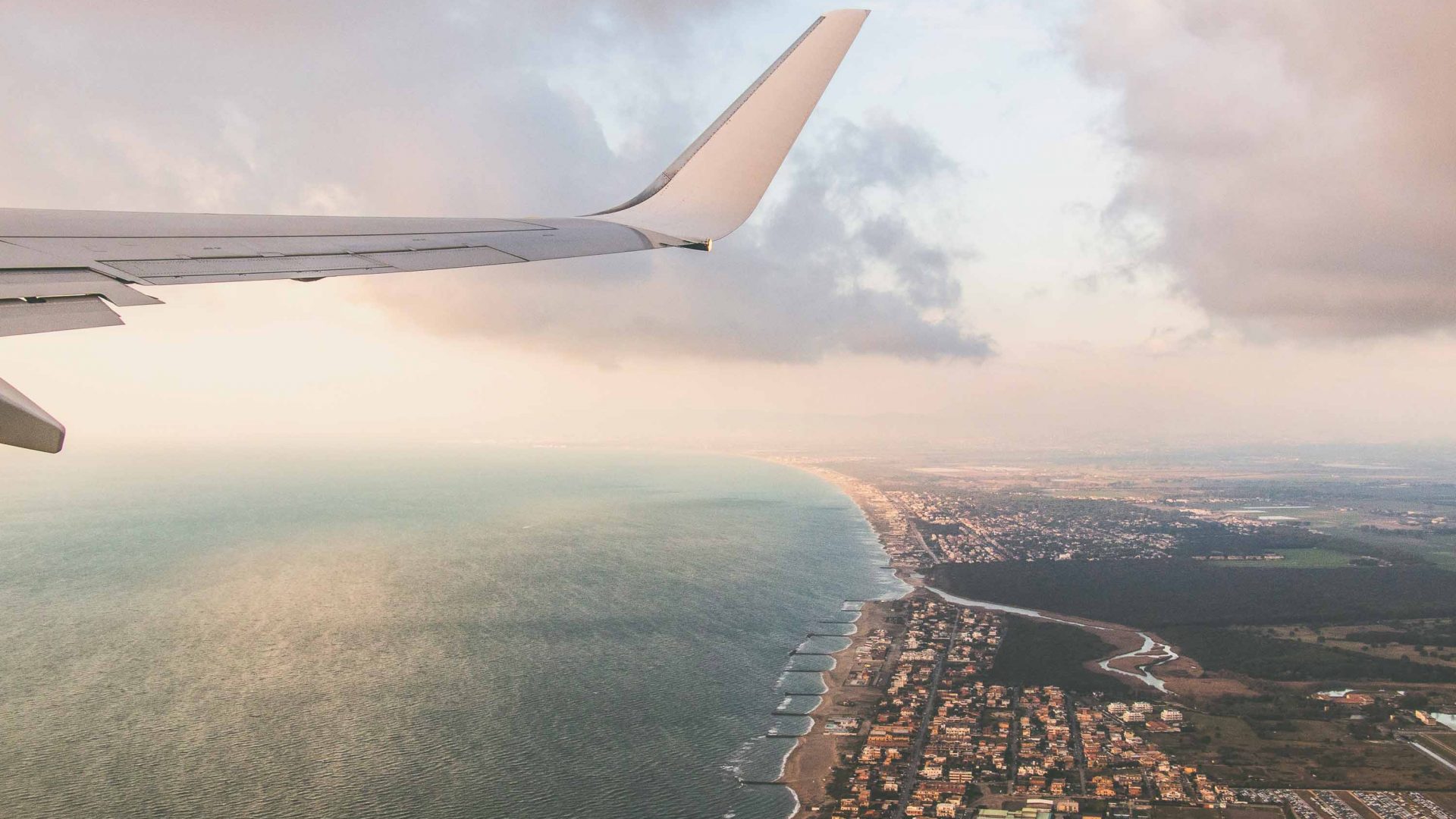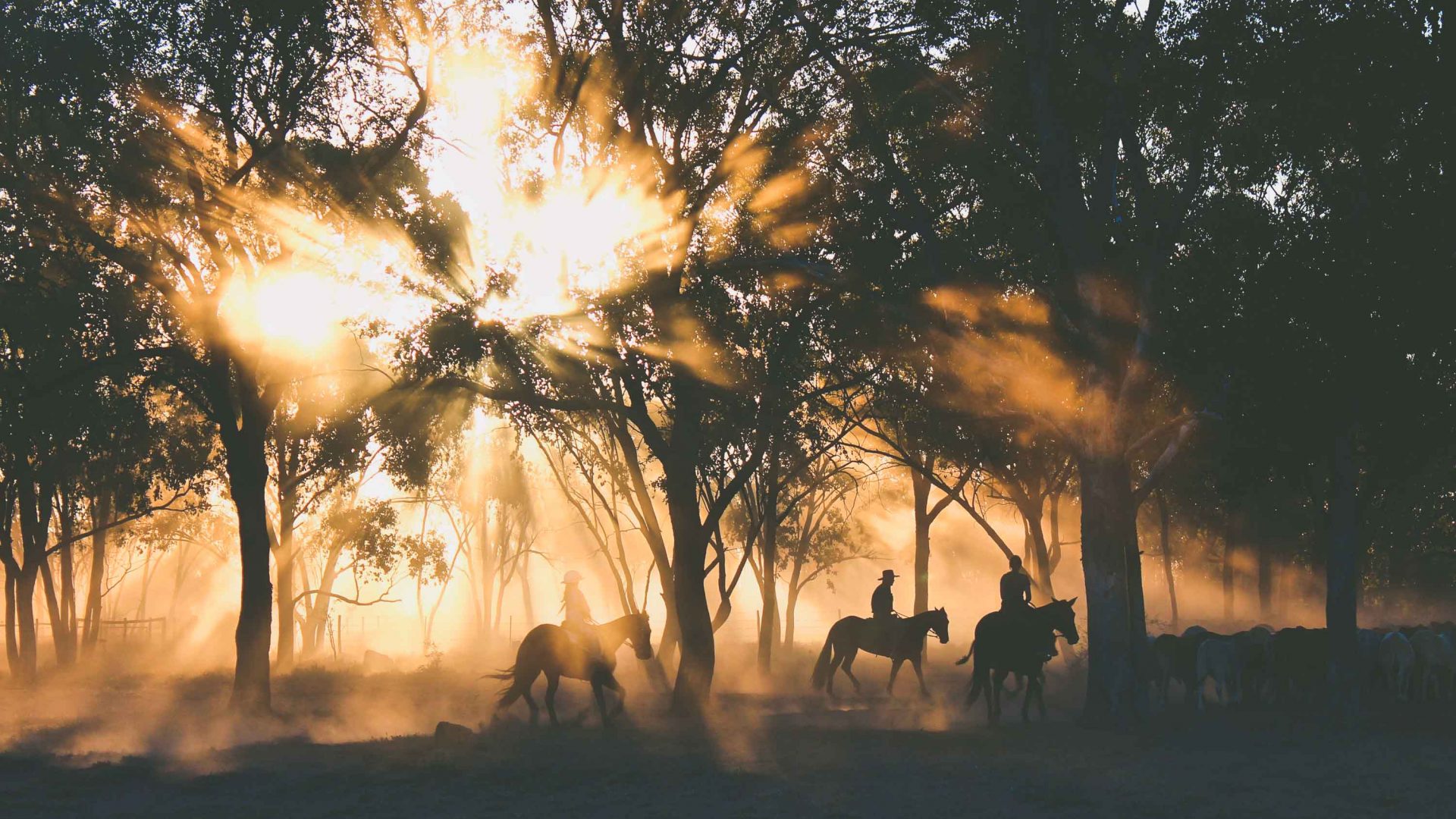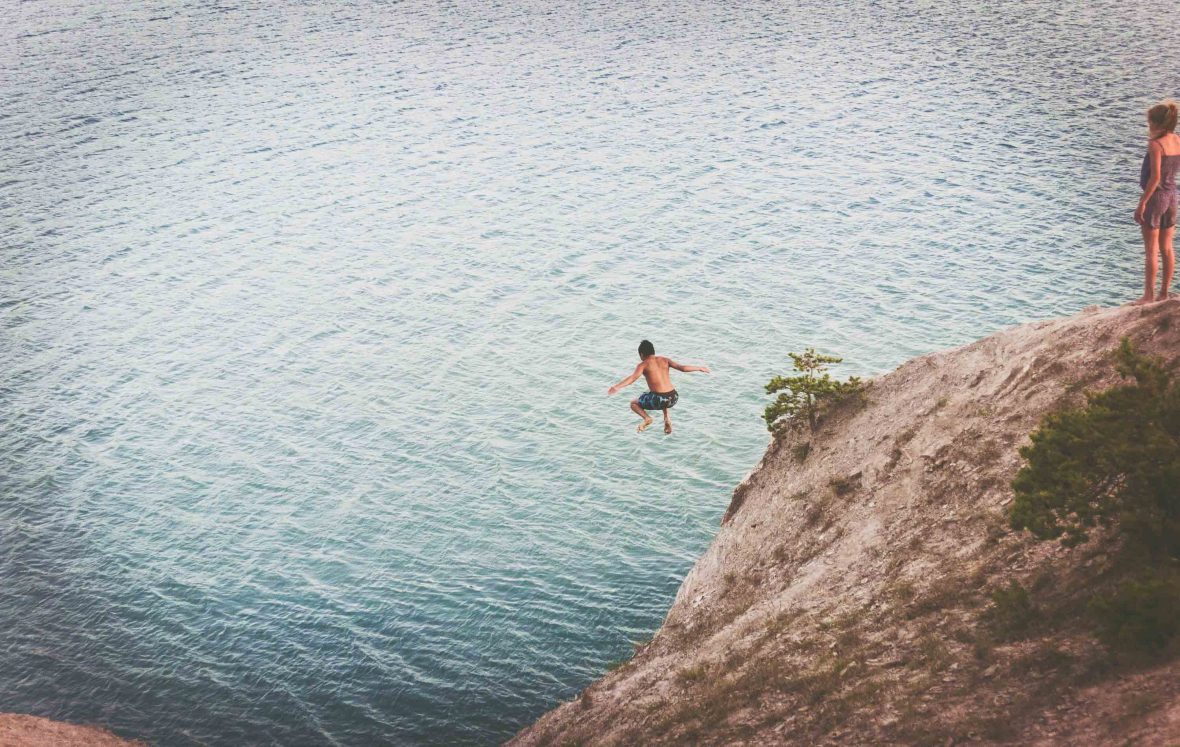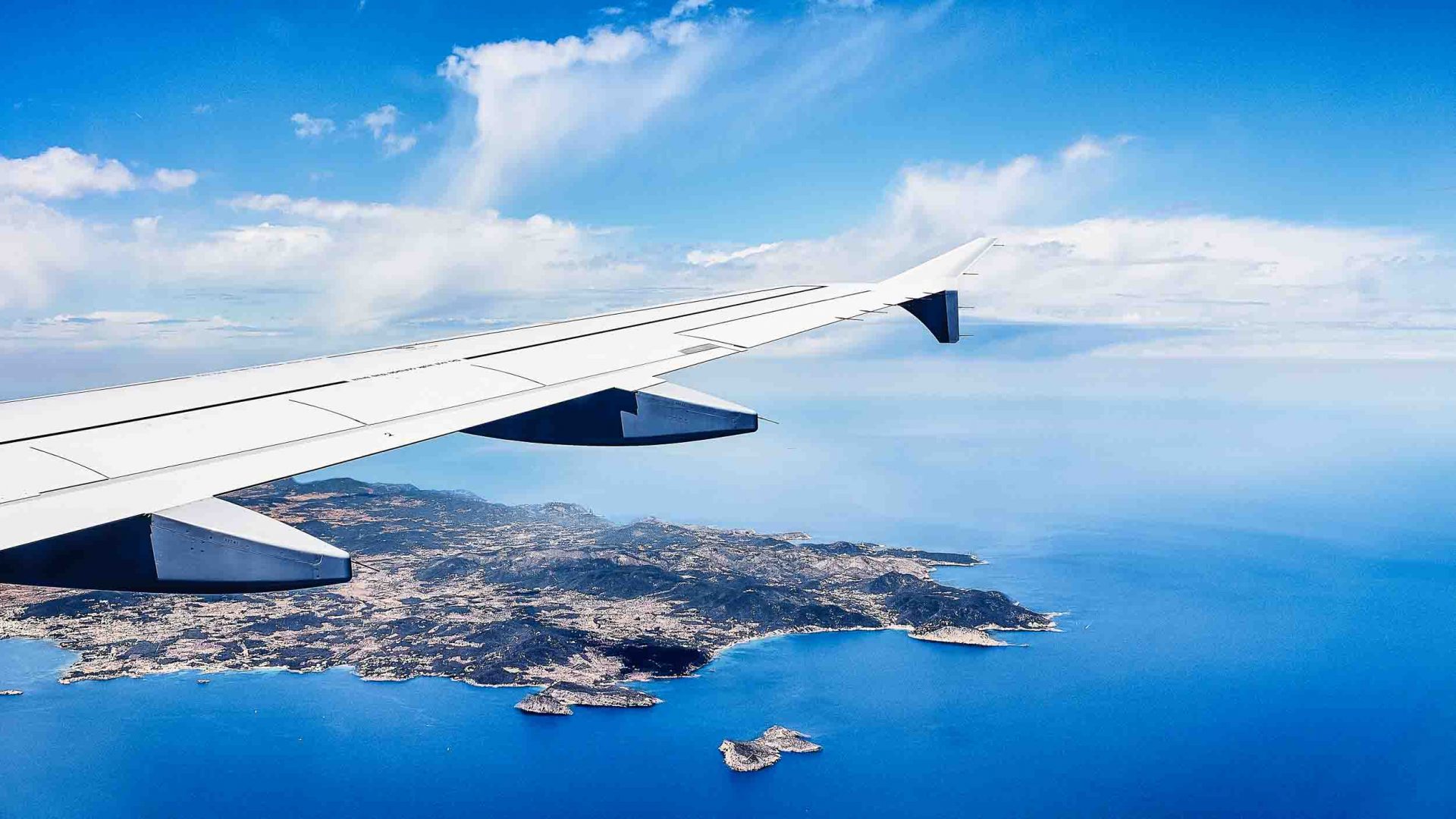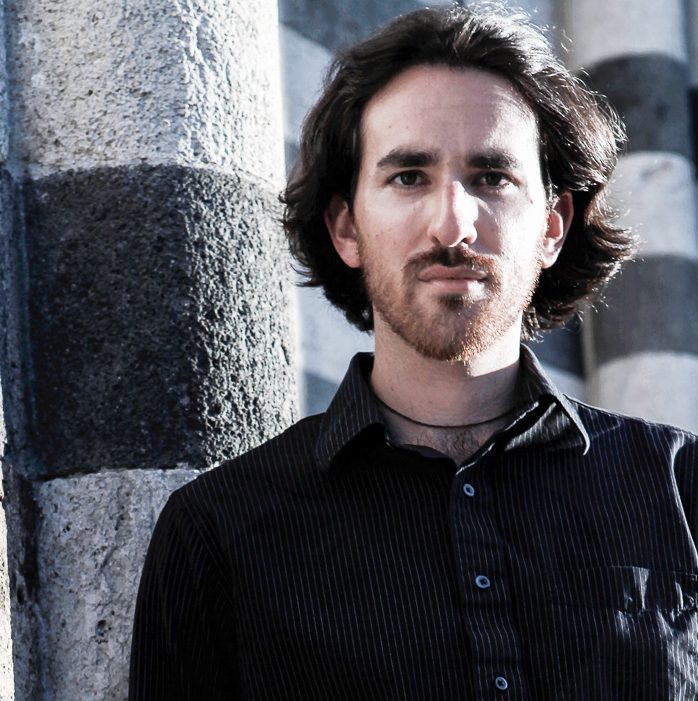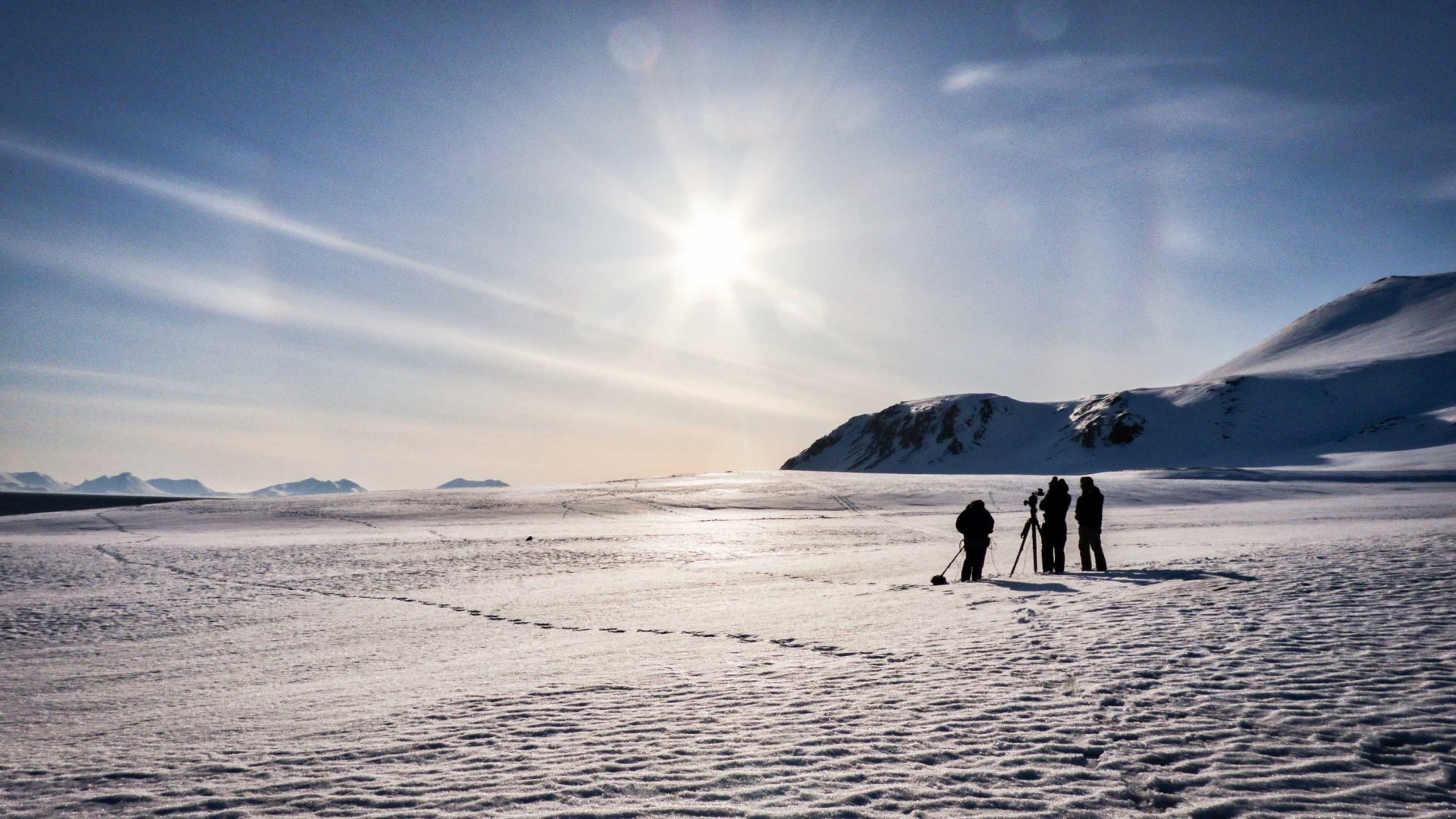After a close call on a flight over New Jersey, writer Jen Rose Smith wanted to learn more about how travelers can better deal with risk and uncertainty. So she got in touch with Allison Schrager—an economist, of all things.
It was somewhere over Newark, New Jersey that
all hell broke loose on the plane. To my right, I could see the tips of
buildings, too close. In the center aisle, the flight attendant seemed to choke
back sobs as she demonstrated the brace position for an emergency landing. Around
me, passengers cried and prayed. Someone threw up in a bag.
But my palms had been sweating since take-off,
long before the pilot announced that an engine had failed. It was the first leg
in a journey from my Vermont hometown to Bogotá, Colombia, where I’d planned a
month-long bikepacking trip through the Andes.
Ever shared an armrest with a humming, nail-biting, nervous flyer? That’s me. In total defiance of the facts, I’m more afraid of airplanes than of riding my bike in Colombian cities known for gritty crime.
It turns out I’m not alone. According to economist Allison Schrager, the author of An Economist Walks into a Brothel: And Other Unexpected Places to Understand Risk, human intuition is a pretty crappy gauge for risk. “Things like shark attacks and plane crashes really resonate with us,” says Schrager, “so we tend to put a much higher weight on them. Even though driving to the grocery store, honestly, is statistically probably riskier.”
RELATED: How risky is flying, really?
That doesn’t mean that I’m doomed to a lifetime of anxious flights. Schrager points out that while we’re not born with the skills to do good risk assessment, evidence shows we can get better with time and practice. “People who are experienced risk-takers, like traders or professional gamblers tend to take risk in a much smarter way,” she says, “but just because they’re more experienced at it.”
Her observation that our judgement is often faulty—and that we can learn to do better—is at the core of Schrager’s book, which brings the tools of risk management out of the office and into the dusty fray of the real world.
The first step, says Schrager, is to clearly define your goals. “If you don’t have a clear goal, you don’t know how much risk you need to take on, and you might take risks for the wrong reason.”
If you’re hiking a mountain, start by deciding what you’re hoping to achieve. Maybe your group is just looking for a fun day out, which means setting a turnaround point with plenty of time for cruising back to camp.
If it’s summit-or-bust, you’re looking at a riskier undertaking; a choice you can mitigate by packing gear to deal with at night at high altitude. From an economist’s perspective, managing risk is all about efficiency—and Schrager points out that doing it right means squeezing maximum reward from every bit of risk you take.
Once you’ve settled on how much risk to tackle, turn your attention to managing the fallout. What happens if everything goes wrong? For economists, insurance is a key tool for mitigating risk, a strategy that’s equally valuable for planning adventures.
“There’s no way you can ever make surfing an 80-foot wave safe since it’s something that’s risky by definition,” says Schrager. “But there are ways you can make it safer.” If you’ve ever grabbed an extra bottle of water before setting out on a hike, you’re already wrapping insurance into your adventures.
RELATED: Notes on facing fears during adventures
To layer on some additional insurance, add an emergency kit to your day pack, bring a few more warm layers, and consider what you’ll do if key equipment fails. On a recent hike across the Sinai Peninsula, I packed a satellite beacon that could trigger an emergency rescue. And after scrolling through reports of rabies in the area, I sprang for an expensive round of vaccinations.
The other kind of insurance, of course, is actual insurance. Even if you don’t use travel insurance under normal circumstances (and, by the way, you really should), it can bring peace of mind when you’re pushing your boundaries in an unfamiliar part of the world—peace of mind plus an on-call medevac.
And sure enough, traveling offers the occasional sneaker wave, bus-sized boulder or oozing tropical disease to throw us off our games. According to Schrager, flexibility is the best policy when those come swerving towards you. “Be mindful that your plans can fall short, and things can happen that you can’t anticipate,” she says. “In that case, always be prepared and open to changing your plan.”
In my case, I changed the plan to bracing for an emergency landing. When the plane finally came to a stop, sitting on the runway swarmed with rescue vehicles, everyone was fine. (Even the girl who’d puked in a bag.) We filed up the jet bridge into Newark airport, then I set off for the gate where my flight to Bogotá would board in just a few minutes.
And you know what? I wasn’t too worried about a plane crash. After all, flying is the safest way to travel.

